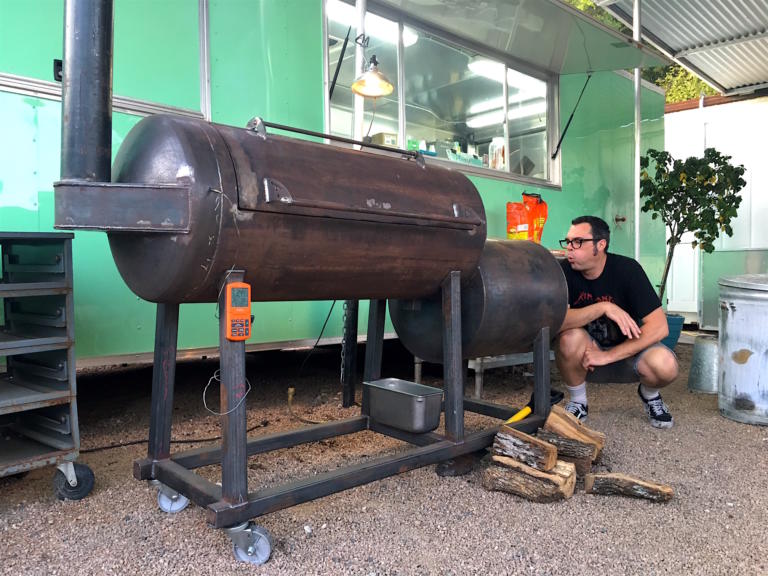Rockinar
is Blowin Smoke!
- Joined
- Jul 19, 2013
- Location
- Houston, TX
After buying my Klose the first thing I learned on it is that the stories of offsets being "difficult" and having "a steep learning curve" is just an old wives tale. Mostly spread by people who fell victim to cheap box store offsets, and people who just parrot what the box store offset victims say.
If you have managed to grow to adulthood without stepping out in front of a bus, or ignoring the warning on plastic bags and suffocating yourself, Id say you have enough sense to operate a quality offset. Its just not that complicated.
If you have managed to grow to adulthood without stepping out in front of a bus, or ignoring the warning on plastic bags and suffocating yourself, Id say you have enough sense to operate a quality offset. Its just not that complicated.

